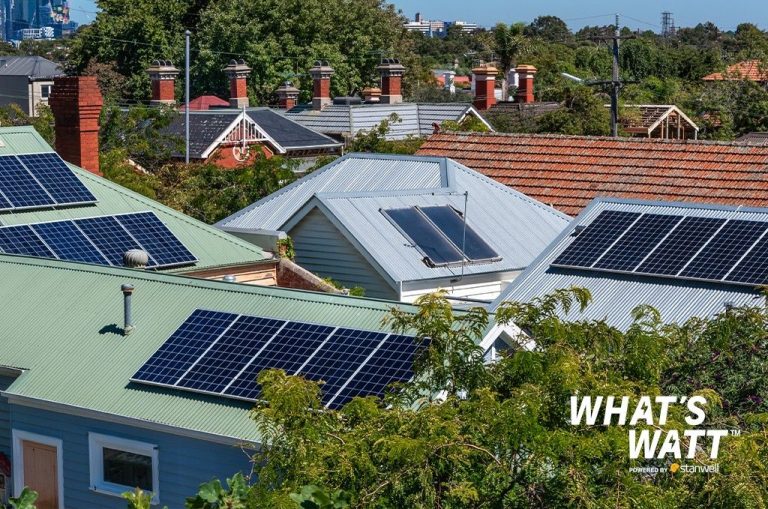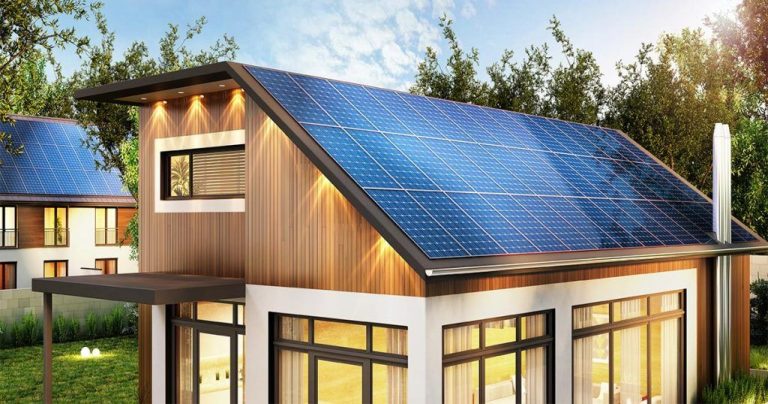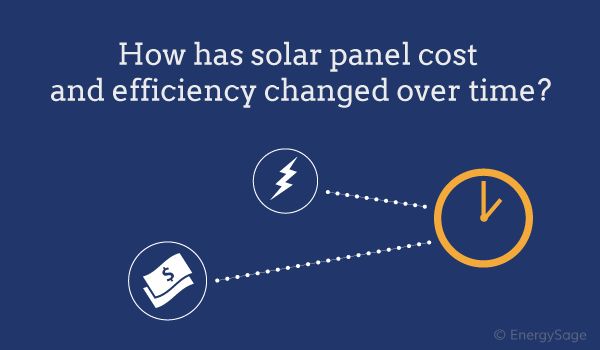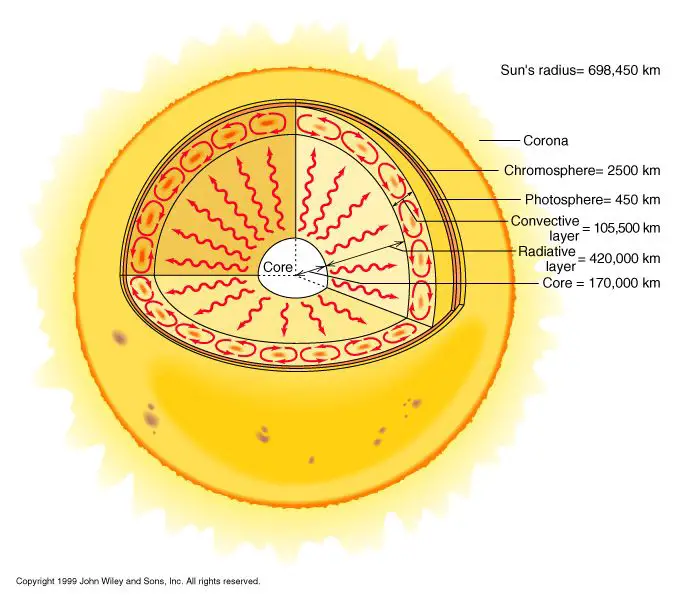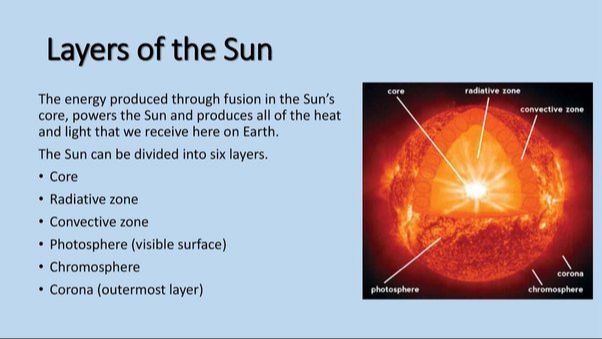How Do You Calculate How Much Energy A Solar Panel Can Generate?
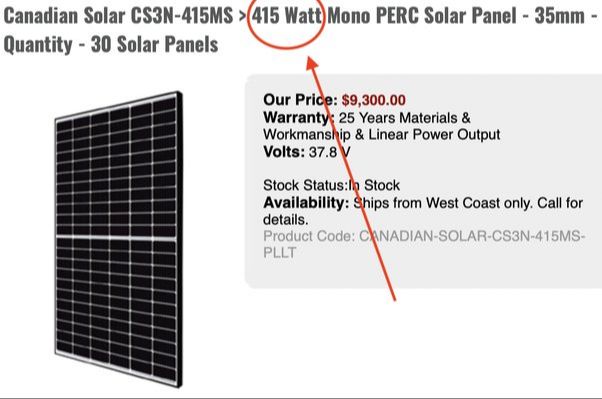
Calculating how much energy a solar panel can generate is an important first step for homeowners and businesses considering installing a solar photovoltaic (PV) system. Understanding the potential energy production from solar panels enables solar buyers to determine if solar power can meet their electricity needs and reduce their utility bills. Properly sizing a solar system to match one’s energy use and budget requires accurate solar production estimates. This also helps when comparing solar panel quotes between installers to make sure expected system output is similar. Once a solar PV system is installed and operational, performance monitoring and comparison to initial estimates verifies the system is generating as much clean energy as planned.
This guide provides an overview of the key factors that determine solar panel energy production. We will look at how to calculate solar panel output starting from the nameplate power rating, accounting for various site and system design variables. Formulas and online solar tools are also presented which can estimate how many kilowatt hours solar panels will produce in a given location. Understanding these variables will ensure solar panel production estimates are as accurate as possible.
Factors That Impact Solar Panel Output
The amount of energy a solar panel can generate depends on several factors related to the available sunlight. The most important factors include:
- Location and sunlight intensity – Areas closer to the equator generally receive more direct sunlight throughout the year compared to higher latitudes. Sunlight intensity decreases as you move further from the equator. According to Mobius Group, your geographical location significantly impacts solar panel energy production.
- Weather and seasonal changes – Solar panels produce the most energy on clear, sunny days. Cloud cover, rain, snow, and other inclement weather cause solar production to decline. In addition, seasonal changes affect the hours of sunlight and sun angle. More sunlight hours occur in the summer vs. winter in most locations.
Accounting for these variables allows you to accurately estimate how location and climate will affect the solar panel energy output.
Measuring Solar Panel Rating
The most important rating to know is the solar panel’s nameplate wattage. This tells you the peak power output that the panel can achieve in ideal conditions. The nameplate rating is typically listed in Watts, such as a 100W or 300W solar panel.
To measure the nameplate rating, you simply need to read the specifications label on the back of the solar panel. The wattage rating is usually clearly printed on this label, along with other key specs like voltage and current.
According to Energy Matters, you can also measure a solar panel’s wattage using a multimeter. To do this, you would measure the open circuit voltage (Voc) and short circuit current (Isc) of the individual solar cells, then multiply them together to get the peak wattage.
Calculating Sun Hours
Sun hours refers to the number of peak sun hours (PSH) in a given location. 1 peak sun hour represents 1 hour of sunlight where the intensity is 1000W/m2. This Is How Much Sunlight Your Solar Panel System Needs The number of peak sun hours for a location depends on latitude, weather patterns, and time of year. Locations closer to the equator tend to have more sun hours.
To estimate the sun hours for a location, you can use solar irradiance maps that show the average daily and monthly sun hours. There are also online calculators and databases like NREL’s PVWatts that allow you to input a zip code and get estimated sun hours. Knowing your average daily and monthly sun hours is crucial for properly sizing a solar panel system and calculating expected output.
Panel Orientation and Tilt
The orientation and tilt of solar panels impacts how much sunlight strikes them directly, which in turn affects energy production. Optimal solar panel orientation is due south in the northern hemisphere and due north in the southern hemisphere. This allows panels to receive sunlight perpendicularly for much of the day.
Optimal tilt angles vary by latitude and season. At low latitude locations near the equator, optimal tilt is typically equal to latitude to account for the high sun angles. At higher latitude locations, optimal tilt in summer is latitude minus 10-15 degrees, while optimal winter tilt is latitude plus 10-15 degrees. Adjusting tilt by season allows panels to be perpendicular to the sun’s path. There are also formulas and online calculators that use location details to determine optimal year-round tilt for maximum annual energy production.
Generally, tilting panels at an optimal angle can increase energy production by 5-20% or more compared to flat installations. However, roof pitch, shading and structural concerns also impact tilt decisions. South-facing orientations are ideal, but orientations within 45 degrees of due south see minimal losses, as do west-facing panels with 5-10 degree steeper tilt. East-west roof planes can be split into south and north-facing arrays. While optimal tilt and orientation maximize production, solar panels will produce energy whenever sunlight is present.
Sources:
https://www.solarpaneltilt.com/
https://arka360.com/ros/optimize-solar-panel-orientation-tilt-maximum-efficiency/
Inverter Efficiency
Inverters play a critical role in solar energy systems by converting the DC electricity generated by solar panels into usable AC electricity. However, this conversion process comes with some efficiency losses. According to SolarSME, Inc, “The efficiency of the most popular type of inverter, the string inverter, is 97 percent. It means that for every 100kWh, 3kWh will lose.”
In other words, inverters convert DC to AC with approximately 90-97% efficiency on average. So while inverters are incredibly useful, their conversion process does result in some small energy losses. When sizing and selecting inverters, it’s important to consider their potential efficiency losses to optimize the solar system.
Properly matching inverter size to the solar array can help minimize these efficiency losses. As SolarChoice notes, “As I mentioned above, how much efficiency you lose will depend on the inverter in question. A 4kW inverter may have an optimal operating range of between 20-100% of its capacity.” Staying within the inverter’s optimal operating range will maximize efficiency.
Temperature Effects
Solar panels become less efficient as their temperature increases. On a hot day, solar panels can reach temperatures over 140°F. According to Fenice Energy, solar panels lose around 0.4-0.5% of their rated power output for every 1°C increase in temperature above 25°C. For example, on a 35°C day, a 300W solar panel would produce 280-285W instead of its rated 300W.
Higher temperatures reduce the open-circuit voltage that solar panels can generate. The optimal temperature for solar efficiency is around 25°C. To minimize temperature losses, use solar panels with good thermal properties to dissipate heat. Installations with good airflow and ventilation will also help keep solar panel temperatures lower.
Shading Effects
Any shading can significantly reduce solar panel output. Even a small amount of shading, such as from a nearby tree branch, chimney, or roof obstruction, can decrease energy production. Solar panels are made up of many individual solar cells wired together. If even one cell is shaded, it will drag down the performance of the whole panel.
When sunlight hits a solar panel, the photons knock electrons free in the solar cells, generating electricity. If a cell is shaded, the photons can’t reach it and that part of the panel is no longer generating energy. Meanwhile, the unshaded cells keep working normally. This mismatch between the shaded and unshaded cells means less total power gets produced.
It is important to locate solar panels in an unobstructed area and avoid any potential shading from trees, buildings, poles, antennas, etc. Only full sun exposure will allow the solar panels to achieve maximum production capacity. Professional installers should conduct a shading analysis on-site before finalizing panel placement.
Age and Soiling
Solar panels lose efficiency over time and with dirt buildup. All solar panels experience gradual degradation, losing around 0.5-1% of their power output each year as the materials degrade[1]. Over 25 years, a solar panel may lose up to 25% of its original capacity.
Soiling from dirt, dust, snow, and other contaminants can also reduce solar panel output. Research shows dust accumulation can reduce solar panel performance by up to 28% if not cleaned regularly[2]. The type and amount of soiling depends on environmental factors like climate, pollution levels, and panel location and tilt.
To account for these age and soiling losses when estimating solar panel output, reduce the panel’s nameplate capacity by 0.5-1% per year, and factor in an additional 5-10% loss for soiling effects in most climates. More frequent cleaning can help minimize soiling losses.
[1] https://www.mdpi.com/1996-1073/14/9/2466
[2] https://www.sciencedirect.com/science/article/pii/S266711312300013X
Estimation Formulas and Tools
There are some simple formulas you can use to estimate the kWh production from a solar panel or system:
Annual kWh = Panel power rating (watts) x Solar insolation (hours) x System efficiency (%)
For example, for a 250W panel with 4 sun hours per day and 80% system efficiency:
Annual kWh = 250W x 4 hours x 365 days x 0.80 = 292,000 Wh or 292 kWh
To estimate monthly production, divide the annual kWh by 12. There are also some helpful online solar calculators and tools that allow you to enter your system specifics and location to get a detailed estimate of production:
Some popular solar estimators include PVWatts Calculator, Solar Metric’s Solar Calculator, and Solmetric PV Design Tool. These tools consider solar radiation data for your area and other factors like tilt and orientation.


